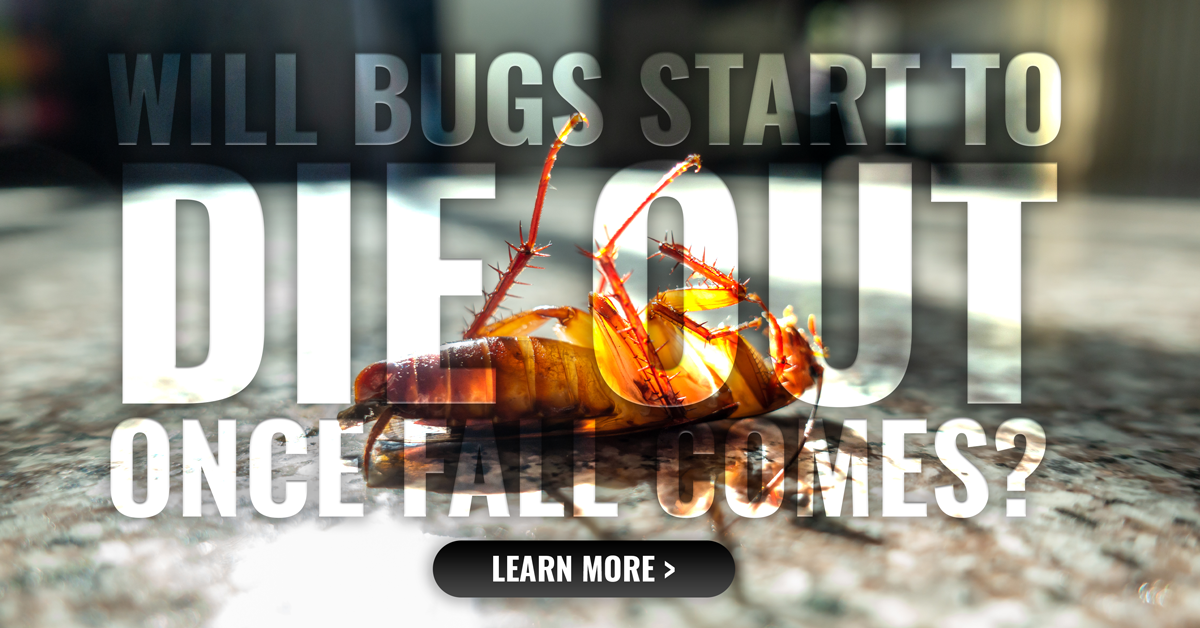Do Bugs Die In Winter? Where Do Insects Go? Let’s Get To The Bottom of It
Cooler weather, sweaters, Friday night lights, and pumpkin-spiced lattes. We all have our reasons to look forward to fall, and one of those is often the sudden lack of many of the bugs that plague our outdoor activities during the summer months. So, where do all the bugs go? Do the bugs just disappear? How do various insects survive the winter? The answers are different for each kind. This article is going to go over many of your common household bugs (as well as some of the more friendly insects!) and explain where they go when we no longer see them out and about in the warmer months.
Things to understand about bugs
The first thing to understand is how most insects regulate (or for that matter, don’t regulate) their body temperature. Unlike us mammals that are endothermic and able to produce our heat and decently regulate our temperature, most insects are exothermic – they aren’t able to produce their heat or regulate their temperature. In that sense, they’re like amphibians, reptiles, and most fish. This means that to survive many of the fully developed types of these various insects and bugs rely on staying in a temperate environment. Oftentimes if they’re unable to get somewhere warm they’ll slowly lose mobility and eventually perish.
Certain arthropods produce chemicals similar to the antifreeze we put in vehicles and machinery, protecting them from freezing during their dormant hibernation periods. Other insects make sure they’re at a point in their life cycle where they can better withstand the cooler temperature, such as the egg, larvae, or pupae stage. They enter what’s called a diapause phase, where development is suspended and energy is conserved. You’ll see that nature has come up with many ways for insects to overwinter and ensure the continuation of these species – but now let’s get down to the specifics!
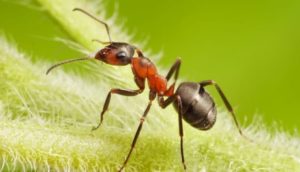
Photo Via Amdro
Ants
Most of the ants we encounter in Texas (and there are over 250 species!) will go fully subterranean once winter sets in. They’ll tunnel down deep to avoid the cold, and depending on the severity of the cold many colonies do in fact die away. In a lot of ways ants survive winter in similar ways to us humans – they put on extra weight, store up extra reserves of fat, and find places that offer them better protection from the elements. It’s all about protecting their queen, and they’ll go to great lengths to do so.
Bed Bugs
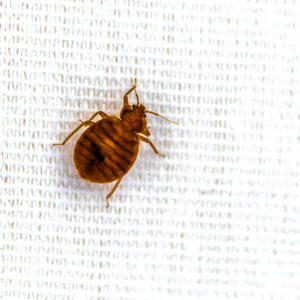
Bed bugs are a bit of an anomaly. These insects check just about every box of the pest checklist and are survivors in every sense of the word. They’re able to thrive in a wide range of temperatures, and it’ll often take several days of below-freezing weather to successfully kill a bed bug. They have a knack for acclimating to cold weather and will enter a hibernation-like state where they can go months without feeding. As their name implies, they enjoy living in and around our beds. The extra covers we pull out for winter and our disposition to spend more time indoors can make for an increase in bed bug populations and help them thrive! These are pests that take a professional approach, and the experts at 855Bugs have been ridding people of their bedbug problems for over a decade.
Bees
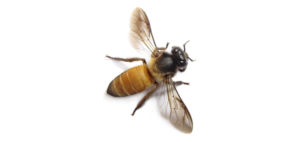
We celebrate our bees and don’t see them as a bug. It’s still a marvel how these cold-blooded pollinators make it through the winter months.
Unlike many wasps and bumblebees, honeybees work their way through the season. How do bees survive in winter? Bees will work late into fall building their stores of honey. When daytime highs drop into the 50s, they retreat into their hive, where they work to generate heat. Bees can use the same muscles they use to flap their wings to generate heat! A single bee can raise its body temperature to over 100 degrees!
The same heating strategy is used to rid a hive of intruders.
When temperatures drop, a cluster of bees forms around the queen, flexing their muscles and generating the heat necessary to keep the queen and hive warm. As the bees on the outside of the cluster cool, they switch places with bees on the interior, in a cycle of cooling and heating that often allows most of the bees in the hive to survive the winter unscathed.
Butterflies
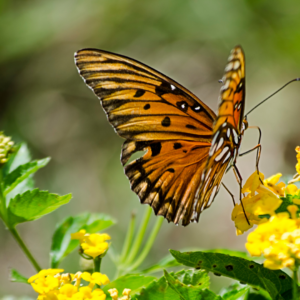
Butterflies are rarely regarded as pests, but the wide variety of methods for overwintering and escaping winter weather are worth mentioning. Most butterflies survive winter in the caterpillar or pupae stage, feeding on leaves and staying close to the ground. Some species live out their winters in an egg stage. You’ll find a few species that can survive the colder months as adult butterflies, and they tend to hibernate in places that allow them to escape the elements, only to emerge on days when the weather is warm enough for them to fly. Likely the most famous butterfly in Texas, the Monarch butterfly is an example of a migrating insect. Every fall they’ll make their way south to avoid the cold, returning in springtime to more receptive temperatures.
Centipedes
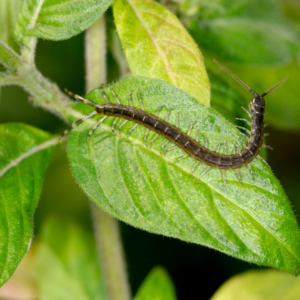
Centipedes don’t hibernate, they just look for places they can survive over winter. These places must have moisture and be out of the wind. That’s about the only requirement – making places like your basement or crawl spaces prime real estate. Although centipedes perform a valuable service by eliminating their fair share of other bugs, it can be unnerving to see them slink across the floor of your basement in the middle of the night – and although rare their sting can be quite painful.
Fleas

Fleas are a bit like bed bugs when it comes to cooler weather. They don’t die, they don’t hibernate, and they can become a bigger problem when our habits change to spending more time indoors. If caught outdoors in colder weather fleas can slow down their lifecycle and until temperatures are close to freezing can wait out the cold. The cooler weather acts as a mechanism to better isolate the animals fleas prey on, whether it be our pets or people themselves. Fleas can thrive in a home over winter, and it’s still a good idea to keep your animals on flea preventative as fall arrives, continuing the medication over winter.
Mosquitos
 Mosquitos are likely the pests we’re most happy to see disappear with fall temperatures. Where do the mosquitos go? How do mosquitoes survive winter? There are over 80 species of mosquitoes in Texas, and some species handle the cold differently than others. Mosquitos search for shelter for the winter. They prefer crevices in man-made structures, caves, holes in the ground, or even debris or brush piles. These spaces are called hibernaculum, and honestly, it’s a shame that these mosquitoes can find them so readily. Other species rely on their young to survive the winter, either in larvae or egg form. In this form, the temperatures aren’t as detrimental, and once spring arrives they’ll morph into their next stage, ready to begin biting again once temperatures rise.
Mosquitos are likely the pests we’re most happy to see disappear with fall temperatures. Where do the mosquitos go? How do mosquitoes survive winter? There are over 80 species of mosquitoes in Texas, and some species handle the cold differently than others. Mosquitos search for shelter for the winter. They prefer crevices in man-made structures, caves, holes in the ground, or even debris or brush piles. These spaces are called hibernaculum, and honestly, it’s a shame that these mosquitoes can find them so readily. Other species rely on their young to survive the winter, either in larvae or egg form. In this form, the temperatures aren’t as detrimental, and once spring arrives they’ll morph into their next stage, ready to begin biting again once temperatures rise.
Roaches
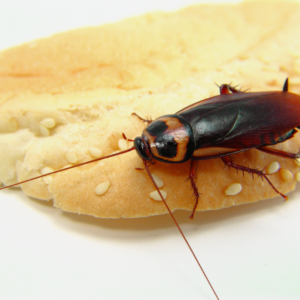
Roaches have been around for close to 400 million years. There’s a photo of one next to ‘survivors’ in the dictionary. They have a knack for making it through just about anything, and that includes cold temperatures. These pests aren’t fans of cold weather, and when they feel it coming they’ll either seek refuge in places like your home or enter a hibernating state called diapause – where if temperatures sink gradually enough they can adapt to survive even freezing temperatures. Winter can bring an uptick of roach infestations as they move into spaces where they can thrive. Pest control technicians with 855Bugs are well experienced with rooting out roach infestations, and if you find them making a winter home out of your house you can quickly schedule a free inspection!
Spiders
 There are a lot of spiders in Texas. Black Widows have been known to be able to overwinter as adults with adequate protection from the elements, and brown recluses can stay active well into temperatures we wouldn’t want to be caught in. Although these spiders may attempt to remain active, oftentimes their prey does not. Spiders are one of the arthropods that can produce those antifreeze-like chemicals we mentioned earlier, and as they hatch in the fall their bodies begin sensing the cooler weather and creating these chemicals. These spiderlings will find habitats that shield them from inclement weather, waiting for spring to grow into adulthood and reproduce. This is the strategy of many common spiders in Texas, including many Wolf Spiders and Jumping Spiders.
There are a lot of spiders in Texas. Black Widows have been known to be able to overwinter as adults with adequate protection from the elements, and brown recluses can stay active well into temperatures we wouldn’t want to be caught in. Although these spiders may attempt to remain active, oftentimes their prey does not. Spiders are one of the arthropods that can produce those antifreeze-like chemicals we mentioned earlier, and as they hatch in the fall their bodies begin sensing the cooler weather and creating these chemicals. These spiderlings will find habitats that shield them from inclement weather, waiting for spring to grow into adulthood and reproduce. This is the strategy of many common spiders in Texas, including many Wolf Spiders and Jumping Spiders.
Ticks
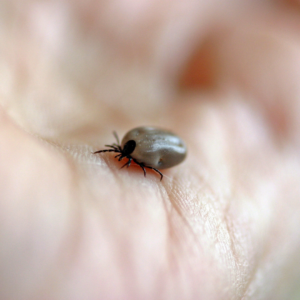
Like many other insects, ticks have a knack for finding places they can overwinter without coming into harm’s way. They’re also able to enter hibernation states to conserve resources, as well as produce substances like glycerol that help them stay protected from freezing temperatures. Although the larger Ticks in Texas like the Lone Star Tick and the American Dog Tick will abstain from blood-feeding and conserve their energy over the winter months, the Black-legged Tick is more likely to stay active in cooler temperatures. This means you can never really let your guard down with Ticks in the south, so if you do winter camping or hiking it’s still a good idea to check yourself and your pets for these blood-sucking pests.
Wasps
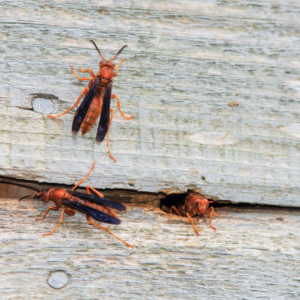
Where do the wasps go when winter comes around? Well, you might not entirely enjoy the answer to that question – because often they go to your house. You can take comfort in knowing that it’s not entire nests of wasps living in your attic and eaves, but mated queens that can enter their hibernation state of diapause, suspending their bodily processes and conserving energy. Here many queens become spider food, and even more, queens wake up too early, only to find there’s no food and dying of starvation. That’s where the counterintuitive idea that extremely cold winters can produce bumper crops of wasps comes from – when the weather stays cold the wasps stay asleep and more of them survive. When there are periods of warmth during winter the wasps may emerge prematurely, ending in their inability to find food and build a nest.
Well, we know we didn’t cover them all – but now you know how many of the insects that call Texas home can make it through the cold months. If you have questions about a species we didn’t mention – feel free to reach out! If you find yourself dealing with a pest problem at any time of the year, you can rely on the folks at 855Bugs to be your line of defense against these pests. Don’t forget about their tried and true ‘Don’t Bug Me Plan’, the affordable option to ensure you don’t have to worry about pests month in and month out. You can always schedule a free inspection and receive expert advice about what’s taking place in your home and on your property. When the stakes are high, trust 855Bugs!

